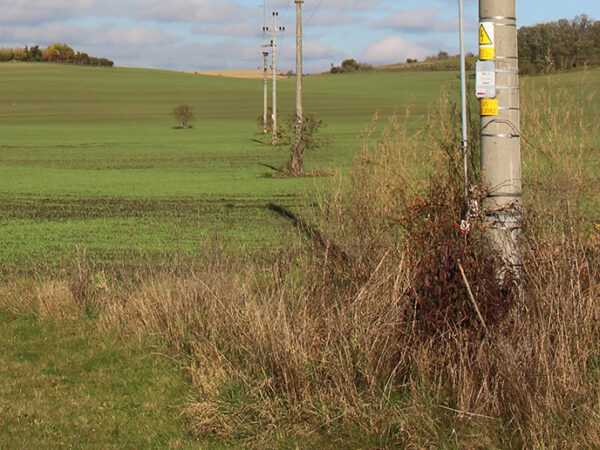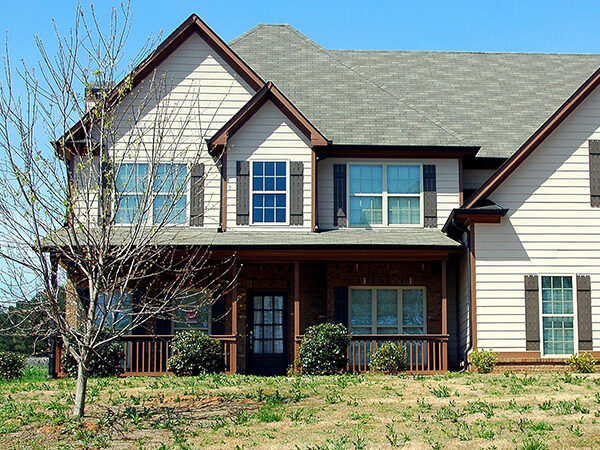Severance damages are the amount of compensation a property owner may receive as the result of damage to the remainder of their land after a portion is taken via eminent domain. It’s the counterpart to “direct damages” – the compensation for the portion of property being taken from you.
For example, let’s say the Georgia Department of Transportation or another condemning authority decides it wants a piece of your land. They’re not taking it all – they often don’t. They just need part of it for a road, easement, or another reason that qualifies for an eminent domain taking. They should pay you for what they take – as the property owner, you’re entitled to fair and just compensation for it.
What’s not as obvious, and what GDOT may not tell you and most property owners don’t know, is that you should also likely be compensated for the loss of value or usability in the remaining land as a result of the taking. Severance damages, in other words.
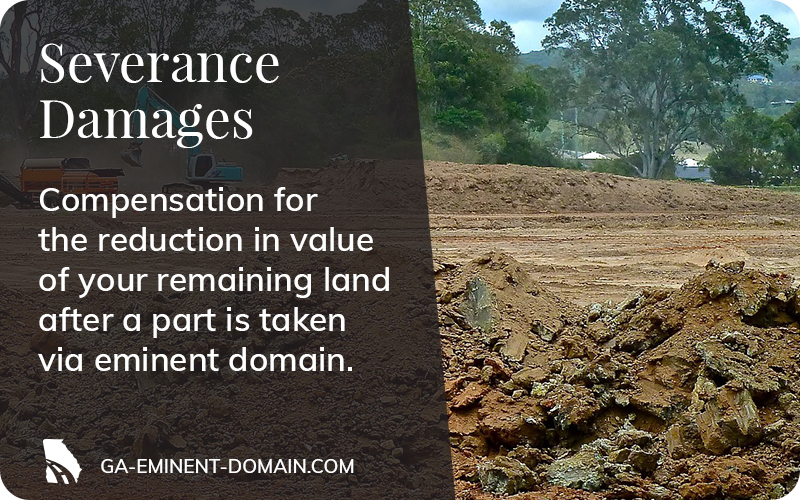
Examples of severance damages
So many property owners leave money on the table because they don’t realize the compensation they should be fighting for.
Here are some examples where a property owner would likely be entitled to severance damages:
Example 1: Diminished usefulness

You own a garden center with the front portion of the property used to display concrete garden ornaments and plants. A road widening results in half of the front of your property being taken, reducing your commercial display area and forcing you to move stock to the rear of the property where it cannot be seen from the road.
This loss makes the remaining property less valuable and may entitle you to severance damages. The same might be true if they altered the grade of the roadway or built a barrier or retaining wall that reduced the visibility of your business from the road.
Example 2: Non-conforming remainder

Your residence is affected by a taking that will reduce the size of your property by 20 feet on one side. You were planning on expanding your home and building a detached garage, but the loss of 20 feet off the side makes the home non-conforming. You would have to apply for a variance to do any modifications.
Because it cannot be assumed that a variance will be granted, the property is less valuable, and you should fight for severance damages.
Example 3: Reduction or loss of access

GDOT reclassifies and reconstructs the road in front of your small business into a highway, taking a few feet off the road frontage. Unless they grant access from your property directly to the highway – or doing so is prohibitively expensive – the property value could be drastically reduced. You may be able to make a case for substantial severance damages.
Example 4: Damage to dependent or non-contiguous properties

You own a farm with a market. The farm is on one side of the road, and the market is on the other in the form of a roadside farm stand or store. The government takes the middle third of your farm parcel for a new connecting road, making it difficult to supply your produce store from your farm. Without a farm to supply it, the parcel with the farm stand loses substantial income (and value). Another possible case for severance damages.
Example 5: Easements
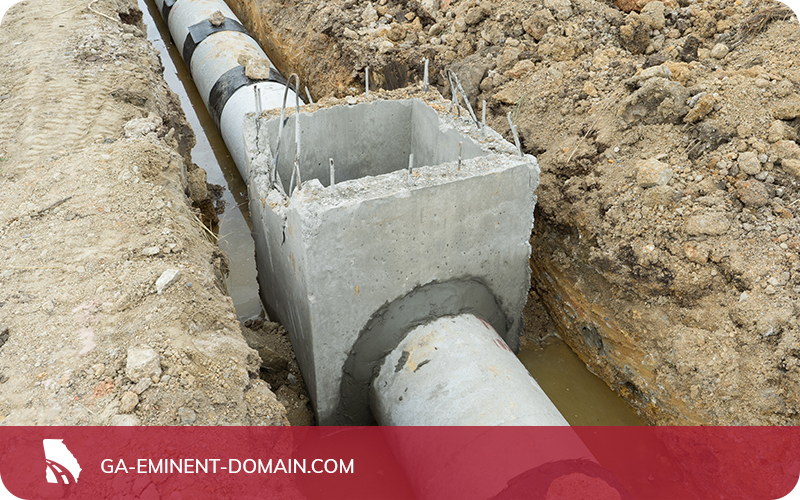
Your home rests on a half-acre parcel of land and is served by a well and a septic system. The city takes a drainage easement over the back third of your property, including your septic system and well, but now none of the remaining property will pass a perc test or support a well. Even if the septic system and well could be moved, perhaps the county requires properties to be of a minimum size to have a septic system. The easement has essentially rendered your home unlivable.
Easements can cause serious harm to the value of the property, and as the owner, you may have a strong case for severance damages.
Fair market value, property owner rights, and severance damages
Property owners will likely hear a lot of talk about “fair market value” when they’re looking at compensation for the property that’s being taken from them. There’s a lot of complexity to unpack – how can you know the fair market value of a piece of property that’s not marketed for sale? How can you ascertain the monetary damage the remaining property incurred in a partial taking?
Luckily, assuming your case does not settle beforehand, the law provides a five-step process for juries to follow to do just that.
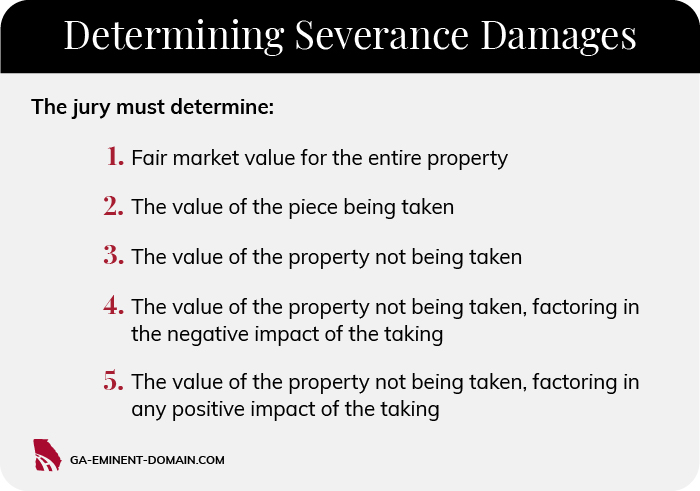
The most important thing to remember is that fair market value is, according to the law, an opinion. What you think your property is worth and what the condemnor thinks it is worth likely differ. That’s why it is vital to know how to research, document, and try to prove that the value of the property is closer to your opinion than the opposition’s.
Truly just compensation for the loss of property and damage to the remaining property typically requires expert research. Consult with an experienced Georgia eminent domain attorney for help.
Cost to cure vs. severance damages
Whether it’s road construction, an easement, or some other eminent domain taking, you’re losing property, and it’s likely that some sort of harm is being done to the property you get to keep. While severance damages generally are used to compensate owners for the loss of value in the remaining property, there’s more to consider in a partial taking.

What if, for example, the taking included a strip of land with a hundred feet of privacy fence? The fence must be moved or removed, but it isn’t a permanent loss. When you fight for severance damages, you can include the cost of replacing the fence. This is a “cost to cure.”
There is some uncertainty regarding when and where these costs must be factored – are they part of the fair market value argument, or are they part of severance damages? Court opinions vary. Don’t leave it to chance. Contact an experienced eminent domain attorney for a free evaluation of your case.
Taxes and severance damages
Whether or not severance damages are taxable and in what way depends on so many things that it isn’t practical to try and explain it here, but here are a few factors that may be considered:
- Is the property your principal residence or a vacation home?
- Is the property a business, and if so, what kind?
- Are the damages the result of damage to improvements?
- Are the improvements that were damaged depreciable?
- Was the property a farm, and if so, were the crops harvested or destroyed?
One general rule is that relocation expenses are not taxable. Overall, if you’re in a position to seek severance damages, you should absolutely consult a tax professional.
If your property is subject to an eminent domain taking, call us
The government generally isn’t going to tell you about all of your rights because it isn’t required to do so. It’s just going to make a plan, send an offer, and take your property.
The government must pay for the land or rights it takes. The often-overlooked truth is that the government must also compensate the property owner for the damage it causes to the remaining property – severance damages.
Some people are hesitant to call an attorney. They may think that, after paying an attorney, they’ll end up with less. At the GA Eminent Domain Law Firm, we work on a contingency fee basis, so there are no upfront costs to hire us and no hourly fees.2 And that’s just the start of how we take on the financial burden for our clients.
Our deep resources allow us to advance all the costs to fight your case, and we only collect a fee at all if we’re able to get you more money above the government’s initial offer. That initial offer is always 100% yours to keep, guaranteed.2
We’re led by four attorneys who formerly worked for a state Department of Transportation, so we have intimate knowledge of the processes and pitfalls of eminent domain. Since our firm has been in business, we’ve helped clients increase their offers by more than 3x on average.1
Call 1-888-391-1339 or contact us online as soon as possible for a free case evaluation.
You May Also Be Interested In
Can a Property Owner Block an Easement?
7 Examples of Eminent Domain: Key Takeaways for Property Owners Like You
Inverse Condemnation and Your Rights

